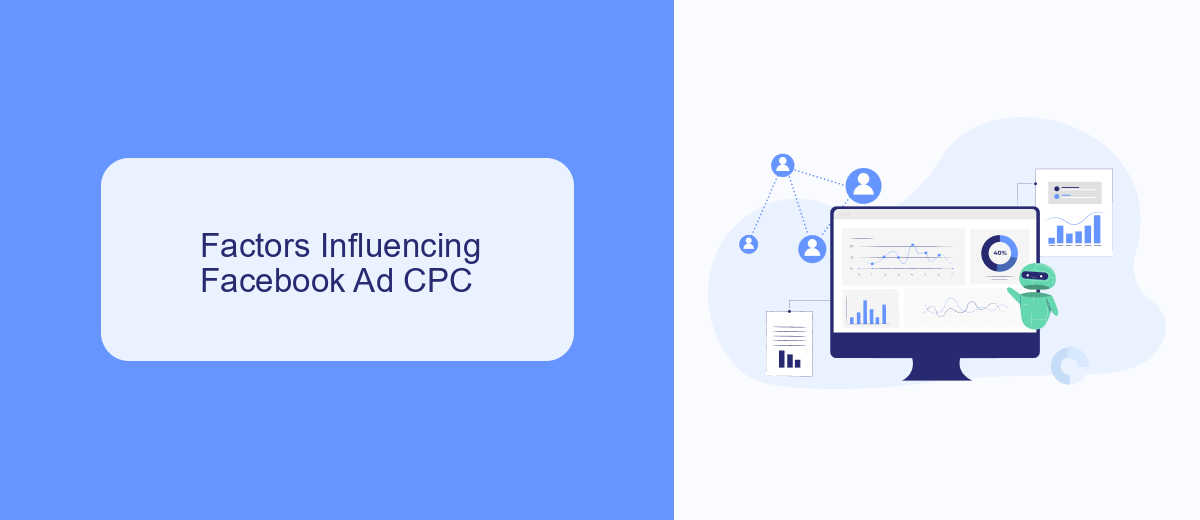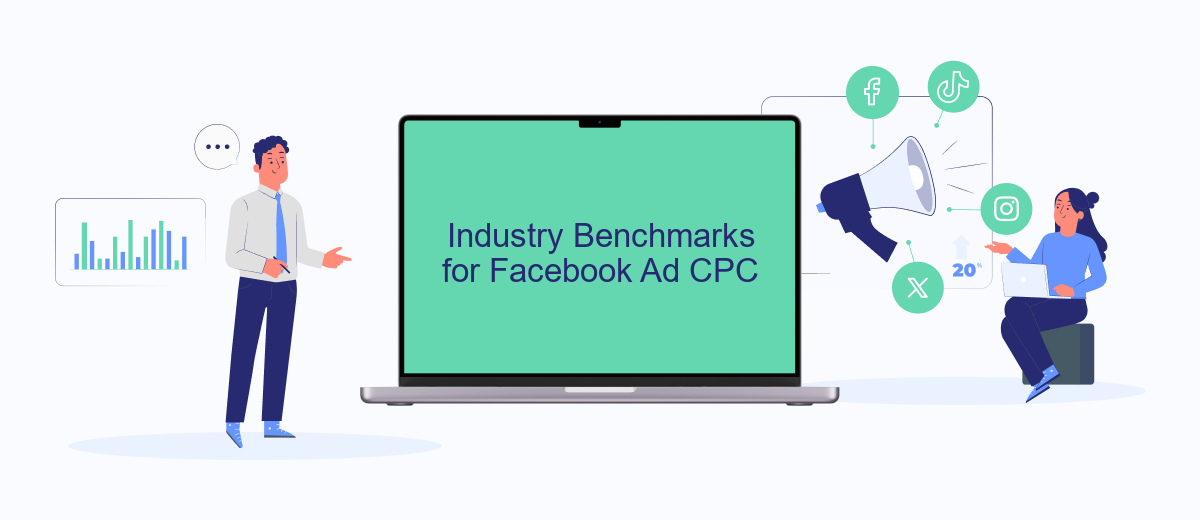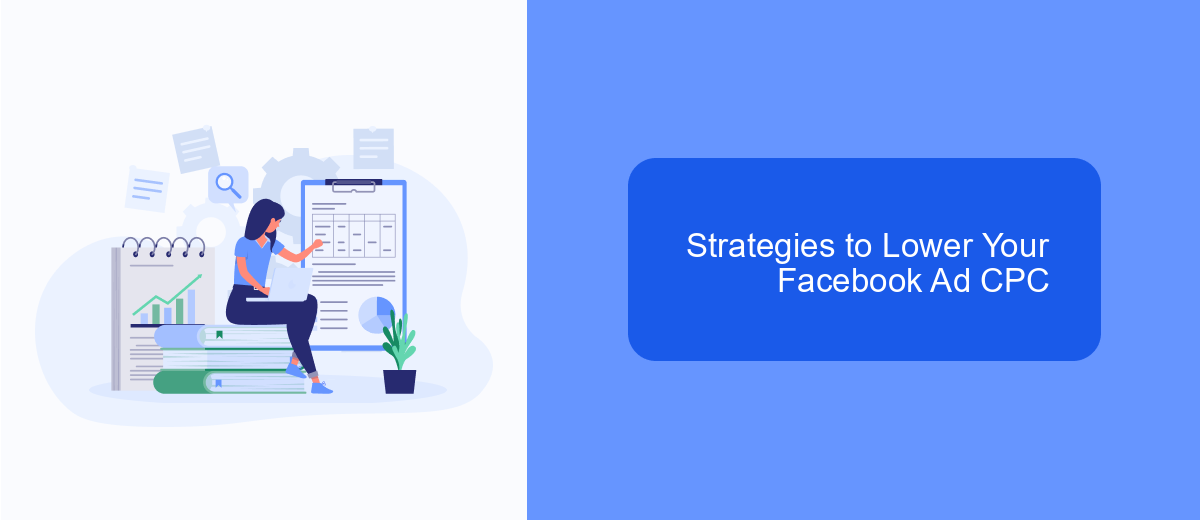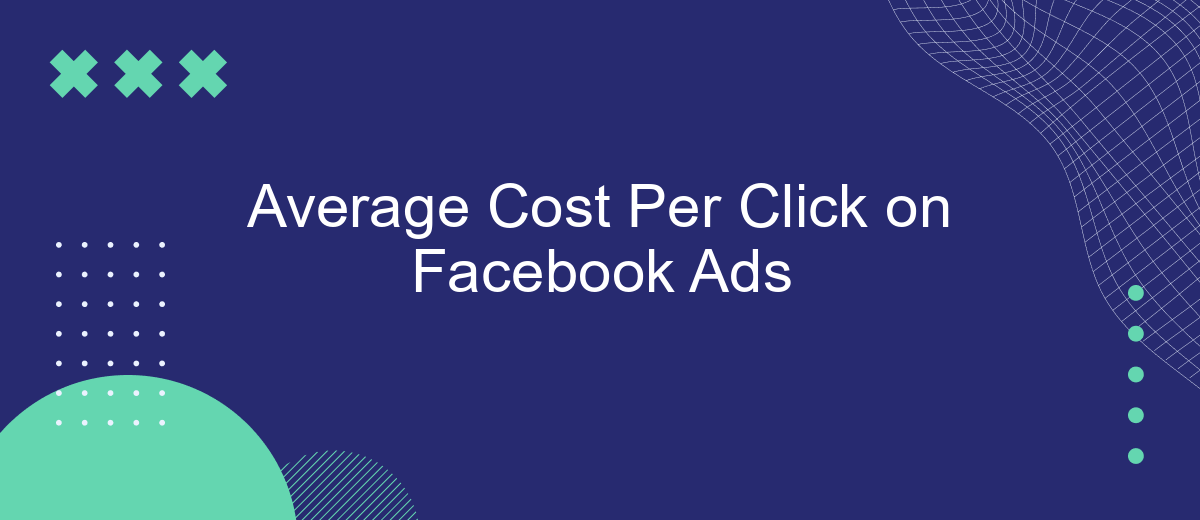The average cost per click (CPC) on Facebook Ads is a crucial metric for businesses and marketers aiming to optimize their advertising budgets. Understanding CPC helps in evaluating the effectiveness of ad campaigns and making informed decisions to enhance return on investment. This article delves into the factors influencing CPC on Facebook, providing insights into how businesses can strategically manage their ad spend for maximum impact.
Understanding Facebook Ad Costs and the Average CPC
Understanding the costs associated with Facebook Ads is crucial for businesses aiming to optimize their advertising budgets. The average Cost Per Click (CPC) is a key metric that indicates how much advertisers pay for each click on their ads. This metric can vary based on several factors, including the target audience, industry, and ad placement. By analyzing these elements, businesses can strategize to achieve better returns on their ad spend.
- Target Audience: Different demographics and interests can influence CPC rates.
- Industry: Competitive industries often have higher CPCs.
- Ad Placement: Costs can vary depending on where the ad is shown, such as in the news feed or stories.
- Ad Quality: High-quality, relevant ads can lower CPC by improving engagement.
By understanding these factors, businesses can better manage their Facebook ad campaigns and make informed decisions to optimize their advertising strategies. Regularly monitoring and adjusting campaigns based on CPC trends can lead to more effective marketing efforts and improved overall performance. Keeping an eye on industry benchmarks can also provide valuable insights into how your ads are performing relative to competitors.
Factors Influencing Facebook Ad CPC

Several factors significantly influence the Cost Per Click (CPC) for Facebook Ads. One of the primary determinants is the target audience. Advertisers aiming to reach highly competitive demographics may face higher CPCs due to increased demand. Additionally, ad relevance and quality scores play a crucial role; ads that resonate well with the audience and maintain high engagement rates are often rewarded with lower CPCs. The time of year can also impact CPC, with costs typically rising during peak advertising seasons such as Black Friday or the holiday season.
Another influential factor is the industry or niche of the business. Certain industries, like finance or insurance, generally experience higher CPCs due to the competitive nature of their markets. Moreover, the effectiveness of ad integration tools can impact CPC. Services like SaveMyLeads, which streamline lead management and enhance ad performance through automation, can potentially lower CPC by improving conversion rates and optimizing ad spend. Lastly, the ad placement and format, whether it's in the news feed, stories, or the right column, can also affect CPC, with some placements being more cost-efficient than others.
Industry Benchmarks for Facebook Ad CPC

Understanding industry benchmarks for Facebook Ad CPC (Cost Per Click) is crucial for businesses aiming to optimize their advertising budgets. These benchmarks provide a reference point to evaluate the effectiveness of ad campaigns across various sectors. While CPC rates can vary significantly, they offer insights into how different industries perform and what advertisers can expect to pay on average.
- Retail: Retail businesses typically see a CPC ranging from #sml_subkey-2-section-html#.70 to .20 due to high competition and frequent promotions.
- Finance and Insurance: This sector often experiences higher CPCs, averaging between .50 and .50, as advertisers compete for valuable customer leads.
- Technology: With a focus on innovation and specialized products, tech companies may encounter CPCs from .00 to .80.
- Healthcare: CPCs in the healthcare industry usually range from .50 to .50, reflecting the sector's regulatory challenges and targeted audience.
- Travel and Hospitality: This industry sees CPCs from #sml_subkey-2-section-html#.90 to .60, influenced by seasonal demand and consumer trends.
These benchmarks highlight the varying costs associated with different industries on Facebook. By comparing these averages, businesses can better strategize their advertising efforts, ensuring they allocate budgets effectively to achieve desired outcomes. Regularly monitoring and adjusting campaigns based on industry benchmarks can lead to more efficient and successful ad performance.
Strategies to Lower Your Facebook Ad CPC

To effectively lower your Facebook Ad CPC, it's crucial to start by refining your target audience. By narrowing down your audience to those most likely to engage with your ad, you can increase relevance and reduce costs. Utilize Facebook's audience insights to understand demographics, interests, and behaviors that align with your product or service.
Another strategy involves improving your ad quality. High-quality ads that resonate with your audience are more likely to receive higher engagement rates, which can lead to lower CPC. Focus on creating compelling visuals, clear messaging, and strong calls to action that encourage interaction.
- Test different ad formats to see which performs best.
- Utilize A/B testing to optimize ad elements such as headlines, images, and copy.
- Leverage retargeting to re-engage users who have previously interacted with your brand.
- Set a competitive bid strategy but avoid overbidding, as it can lead to unnecessary cost increases.
Consistently monitor and analyze your ad performance. By keeping a close eye on key metrics and making data-driven adjustments, you can continually optimize your campaigns for lower CPC. Regularly update your strategies based on performance insights to maintain cost efficiency.


Measuring and Optimizing Your Facebook Ad Spend
To effectively measure and optimize your Facebook ad spend, it is crucial to track key performance indicators (KPIs) such as click-through rates (CTR), conversion rates, and return on ad spend (ROAS). Start by setting clear objectives for your campaigns and use Facebook Ads Manager to monitor these metrics. Regularly analyze the data to identify trends and areas for improvement. Adjust your targeting, ad creative, and bidding strategies based on the insights gained. A/B testing different ad variations can also help in determining what resonates best with your audience, allowing you to refine your approach further.
Integrating tools like SaveMyLeads can streamline your ad management process by automating data transfer from Facebook Ads to your CRM or other platforms. This ensures that you have real-time access to critical data, enabling quicker decision-making and more effective budget allocation. By leveraging these insights and tools, you can maximize the efficiency of your ad spend, ensuring that every dollar invested contributes to your business goals.
FAQ
What factors influence the average cost per click on Facebook Ads?
How can I reduce the cost per click on my Facebook Ads?
Is there a difference in CPC between different ad formats on Facebook?
How does audience targeting affect my CPC on Facebook Ads?
Can automation tools help in managing and optimizing CPC on Facebook Ads?
What do you do with the data you get from Facebook lead forms? Do you send them to the manager, add them to mailing services, transfer them to the CRM system, use them to implement feedback? Automate all of these processes with the SaveMyLeads online connector. Create integrations so that new Facebook leads are automatically transferred to instant messengers, mailing services, task managers and other tools. Save yourself and your company's employees from routine work.
